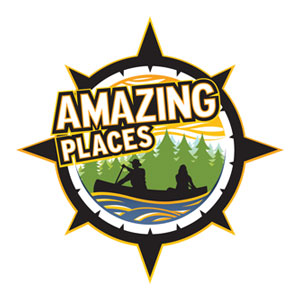Railway Town
The Historical Importance of Railroads in Brockville
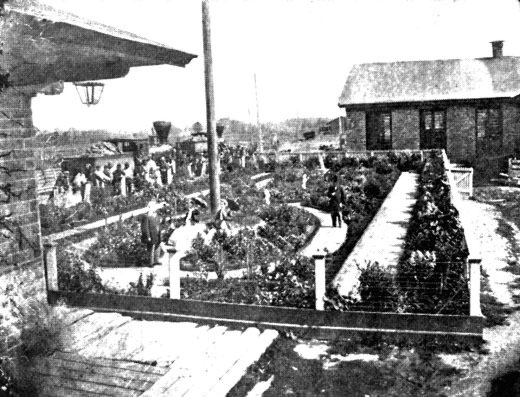 The City of Brockville, Ontario is one of Canada’s oldest railway centres. As early as 1835 – before the opening of the first public railway in the colony – a petition was presented to the colonial legislature supporting the construction of a railway from Montreal to Brockville in lieu of further improvements to the St. Lawrence canals. While the government of the day chose to expand the canals, Brockville’s interest in railways never faltered. Due to lobbying by the towns such as Brockville, the GRAND TRUNK RAILWAY decided to route its Montreal-Toronto main line along the river. It also made Brockville its first division point west of Montreal. The arrival of the first train on November 17, 2024 was the cause for a lavish banquet and public display. The line west of Brockville to Toronto opened for service on October 27, 1856.
The City of Brockville, Ontario is one of Canada’s oldest railway centres. As early as 1835 – before the opening of the first public railway in the colony – a petition was presented to the colonial legislature supporting the construction of a railway from Montreal to Brockville in lieu of further improvements to the St. Lawrence canals. While the government of the day chose to expand the canals, Brockville’s interest in railways never faltered. Due to lobbying by the towns such as Brockville, the GRAND TRUNK RAILWAY decided to route its Montreal-Toronto main line along the river. It also made Brockville its first division point west of Montreal. The arrival of the first train on November 17, 2024 was the cause for a lavish banquet and public display. The line west of Brockville to Toronto opened for service on October 27, 1856.
By this time, the community was deeply involved in the construction of a second railway running northward to tap the trade of the Ottawa River valley. The BROCKVILLE & OTTAWA RAILWAY had been incorporated in April 1853. Faced with an inability to interest private interests to fully fund the line, Brockville became the second largest investor in the company committing over $400,000 towards the venture. To put the investment into perspective, the private interests held only $177,000 worth of shares.
To permit the lumber traffic from the Ottawa Valley to pass on to the United States or to European markets, it was necessary to extend the B&O to the Brockville waterfront as the Grand Trunk terminal facilities were about a half mile inland from the St. Lawrence River. The decision was made to tunnel under the granite ridge upon which the eastern end of the community was built. The resulting 1,700 foot tunnel was the first railway tunnel to be built in Canada. When the initial section of the B&O opened in January 1859 from Brockville to Perth, the train departed the Grand Trunk station as the tunnel had not yet been completed.
Construction on the Brockville Railway Tunnel began on September 16, 1854. The financial failure of the British contractors – SYKES, DEBERGUE & COMPANY resulted in the work ceasing for almost two years. During this time, factions in Brockville debated whether it would not be better and cheaper to reach the waterfront by locating the railway a bit farther to the west where the ridge flattened out. 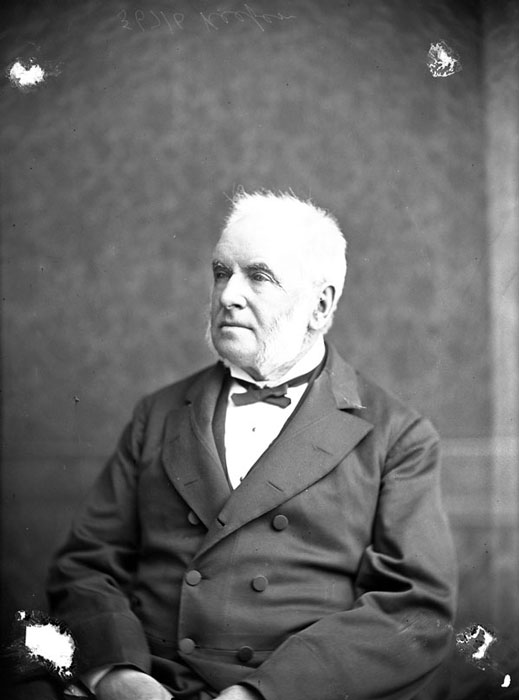 No less a personage than Samuel Keefer – one of Canada’s first native-born civil engineers who had located the Montreal-Brockville-Kingston section of the Grand Trunk – was asked to report on the matter. Keefer, who originally had opposed the tunnel, recommended completing the tunnel as so much work had already been done. The fractious city council refused the recommendation and called a referendum on the matter. To the councilor’s surprise, the citizens voted in favour of completing the tunnel. Brockville citizens wanted their tunnel. Work resumed in June 1857 and the first train passed through the tunnel on December 31, 1860.
No less a personage than Samuel Keefer – one of Canada’s first native-born civil engineers who had located the Montreal-Brockville-Kingston section of the Grand Trunk – was asked to report on the matter. Keefer, who originally had opposed the tunnel, recommended completing the tunnel as so much work had already been done. The fractious city council refused the recommendation and called a referendum on the matter. To the councilor’s surprise, the citizens voted in favour of completing the tunnel. Brockville citizens wanted their tunnel. Work resumed in June 1857 and the first train passed through the tunnel on December 31, 1860.
The tunnel was constructed by a crew led by BOOTH AND SON of Yorkshire, England. The first 400 feet at the southern end is unusual as this part of the tunnel is man-made and was designed to carry Water Street over the track. Later in 1863, Brockville’s City Hall was built over a portion of this end of the tunnel. Two of the chimneys on City Hall are actually ventilation shafts used to clear locomotive smoke from the tunnel. The opening portals at each end of the Brockville Railway Tunnel are remarkably fine examples of Victorian masonry.
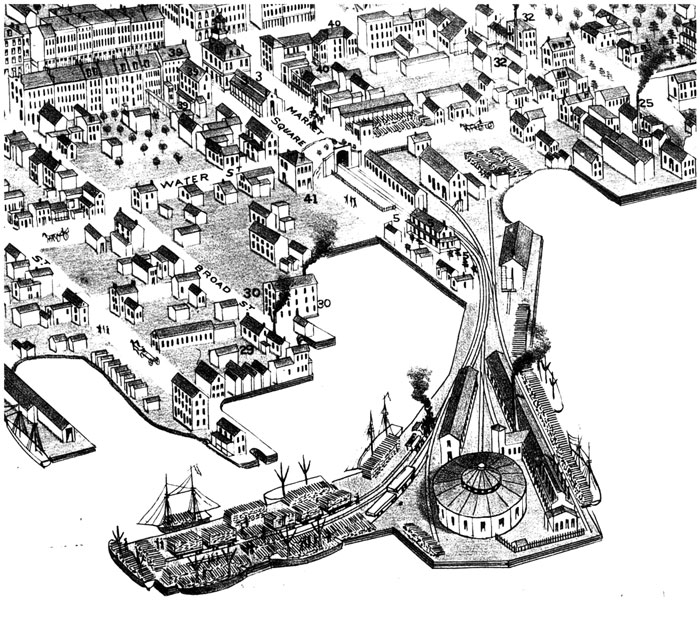 Rock from the tunnel excavation was used to extend the waterfront area in front of the tunnel’s south portal and to create a causeway out to Block House Island. These lands and connected island became a bustling waterfront railway yard with many spur lines connecting local industries. The island portion contained a large covered roundhouse in which steam engines were serviced and turned for their departure back up through the tunnel. Also just south of the tunnel’ south portal and before the large wharf areas on the causeway, a railway station was constructed, as had been part of the town’s requirements, to service the passenger traffic.
Rock from the tunnel excavation was used to extend the waterfront area in front of the tunnel’s south portal and to create a causeway out to Block House Island. These lands and connected island became a bustling waterfront railway yard with many spur lines connecting local industries. The island portion contained a large covered roundhouse in which steam engines were serviced and turned for their departure back up through the tunnel. Also just south of the tunnel’ south portal and before the large wharf areas on the causeway, a railway station was constructed, as had been part of the town’s requirements, to service the passenger traffic.
About this time, rail car ferries and barges began to move cars the one mile distance over the St. Lawrence River between Brockville and Morristown, then the terminus of the UTICA & BLACK RIVER RAILROAD. In January 1882, 150 cars loaded with steel rails destined to be used in the construction of the CPR’s western transcontinental line used this crossing of the St. Lawrence River. Following the purchase of the portion of the QUEBEC, MONTREAL, OTTAWA & OCCIDENTAL RAILWAY between Montreal and Ottawa later that year, the CPR began to treat the Smiths Falls-Brockville segment as a branch line and continued to operate trains to Brockville's waterfront through the tunnel for over 100 years.
A third railway – the BROCKVILLE, WESTPORT AND SAULT STE. MARIE – linked Brockville to Westport in 1889. Ambitious plans were constructed to make this part of a through route from the American Midwest to the U.S. east coast. This included a major bridge over the St. Lawrence River which failed to materialize. The foundations for the bridge remain visible on an island in the river. The railway experienced considerable financial difficulties before becoming part of the CANADIAN NORTHERN and later the Canadian National Railways. It was abandoned in 1952, though the trackage in Brockville remained as an industrial spur into the 1970s.
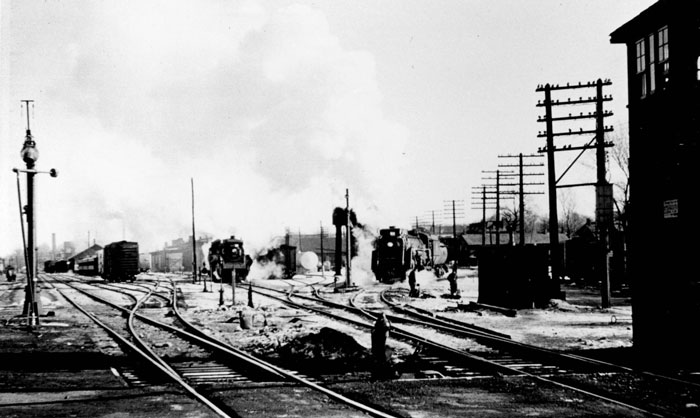 Brockville became a major railway divisional point for the Grand Trunk Railway given its location of about a third the distance between Montreal and Toronto. At one time, three railways operated at Brockville. The GTR, later becoming Canadian National (CN), the Brockville and Ottawa (B&O) railway and the Brockville, Westport and Sault Ste. Marie (BW&SSM) all operated out of Brockville. The engine works on lands within the town’s borders and just beside the GTR mainline were extensive. Steam locomotives were serviced at the Brockville facilities then changed out as new motive power for trains continuing east or west. Train crews were also changed out and many railway employees called Brockville home.
Brockville became a major railway divisional point for the Grand Trunk Railway given its location of about a third the distance between Montreal and Toronto. At one time, three railways operated at Brockville. The GTR, later becoming Canadian National (CN), the Brockville and Ottawa (B&O) railway and the Brockville, Westport and Sault Ste. Marie (BW&SSM) all operated out of Brockville. The engine works on lands within the town’s borders and just beside the GTR mainline were extensive. Steam locomotives were serviced at the Brockville facilities then changed out as new motive power for trains continuing east or west. Train crews were also changed out and many railway employees called Brockville home.
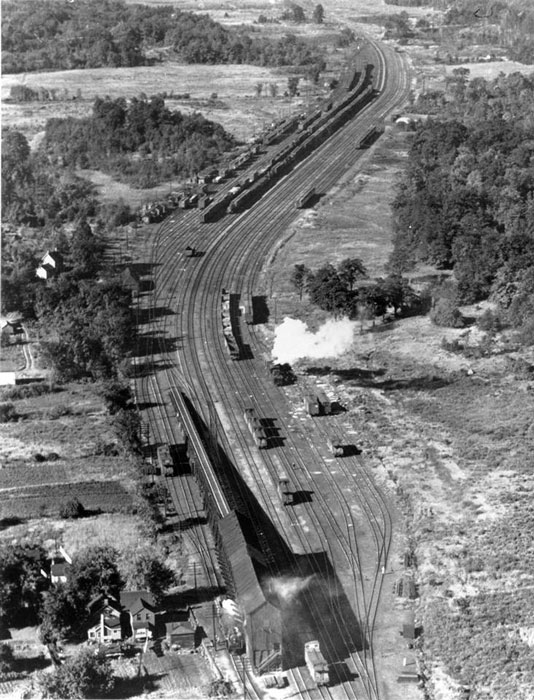 In the western sector of Brockville, The Manitoba Yard was built. This extensive facility included a large coaling station requiring coal hoppers to be pushed up a high elevated ramp to off-load coal for the coaling station. The coaling station no longer exists, but a large section on the Manitoba Yard is still in use today.
In the western sector of Brockville, The Manitoba Yard was built. This extensive facility included a large coaling station requiring coal hoppers to be pushed up a high elevated ramp to off-load coal for the coaling station. The coaling station no longer exists, but a large section on the Manitoba Yard is still in use today.
Railways remained a major employer in the town until the diesel era. With the end of steam, CN closed out the locomotive servicing facilities and ceased changing train crews. CN continues to operate local trains out of Brockville to serve regional shippers while CP operates daily way freight from Smiths Falls over the original B&O line. Passenger trains continue to be a major part of operations as Brockville ranks as one of the top 20 stations in the country. VIA Rail provides multiple daily departures to Montreal, Ottawa and Toronto. Recently VIA upgraded both CN and CP trackage in the community for higher speed service. In addition the 1872 Union Station at Brockville’s Perth Street location was completely renovated while maintaining the historical character of the station.
Canadian Pacific stopped using the tunnel in the early 1970s when the waterfront factories closed and the tunnel’s small dimensions could not accommodate modern equipment. The Canadian Pacific negotiated the sale of the tunnel as part of the railway waterfront land deal with the City in 1983. In 1988, an interior wooden walkway was installed in the first 80 feet at the southern end of the tunnel, special panels explaining the history of the tunnel were erected and new wooden doors replaced the existing aging ones. These doors were originally used to keep cows from wandering into the tunnel.
The preservation of the tunnel has not been cheap. Over $700,000 has been spent on the tunnel since it was acquired by the city. The most recent project, prior to the tunnel’s current reconstruction, which cost over $460,000, completely rebuilt the north portal. This involved taking down the facing, numbering all stones, stabilize the ground, and rebuilding the portal while putting the stoned back in their original position.
The tunnel remains a point of civic pride and interest and part of Brockville’s extensive railway heritage. In 2010, a formal banquet was held in the tunnel to mark the 150th anniversary of its opening. A committee of city council has been working to renovate the Tunnel and open it end-to-end, for resident and visitor traffic. This objective was met with a grand parade and opening ceremonies Saturday, August 12, 2024 as part of the City’s Canada 150 celebrations. Phase II, under consideration, will redevelop the old railway lands beside and just west of the gorge area, all to become part of the City’s New Railway Tunnel Park.
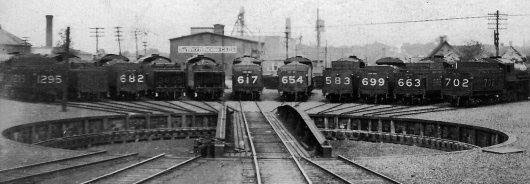



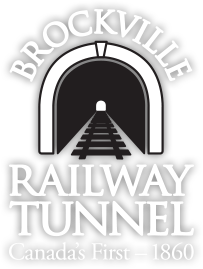
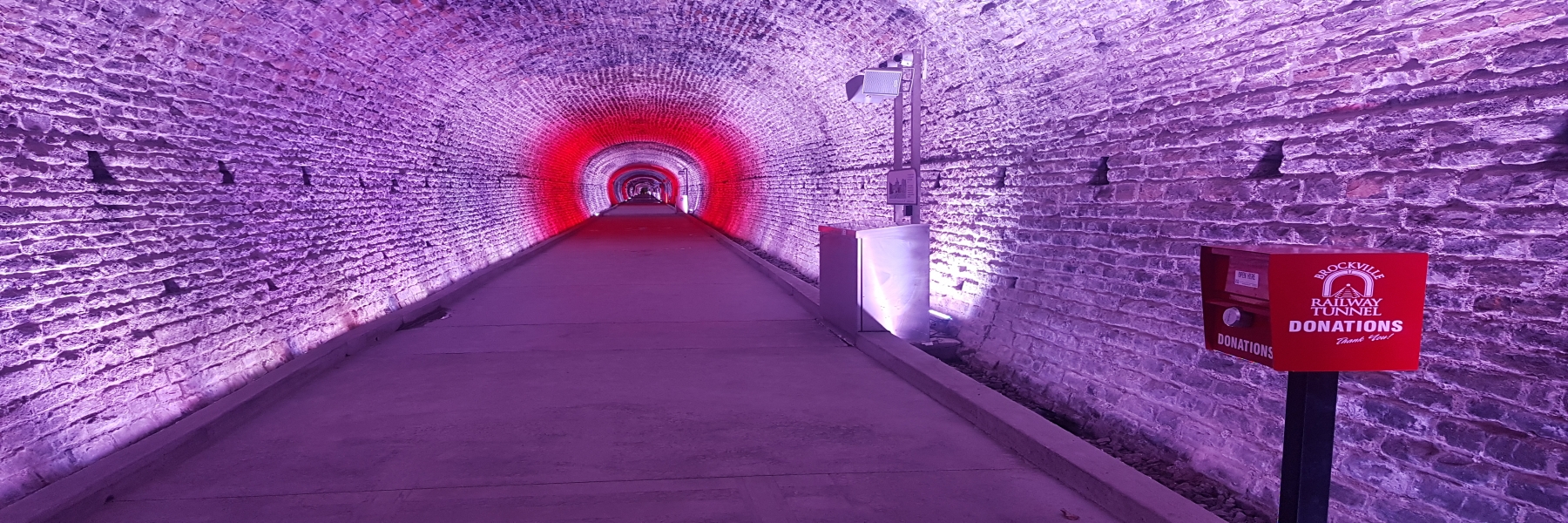
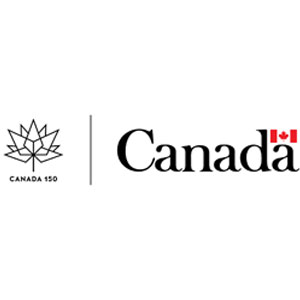




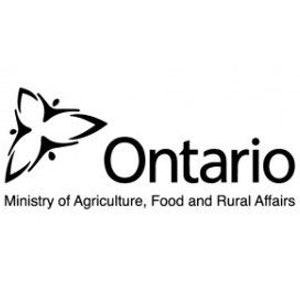

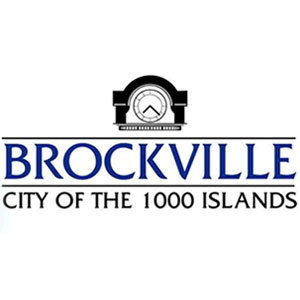
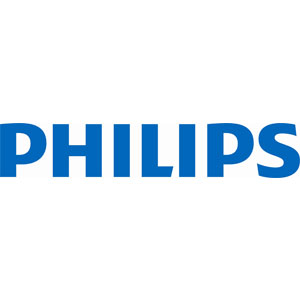
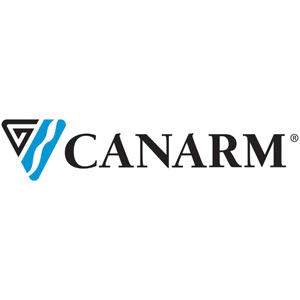
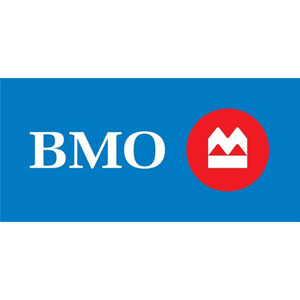
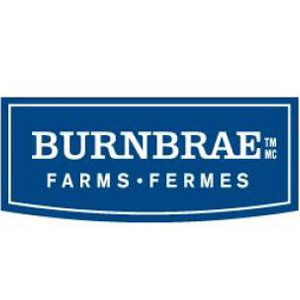


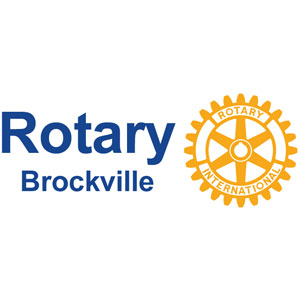
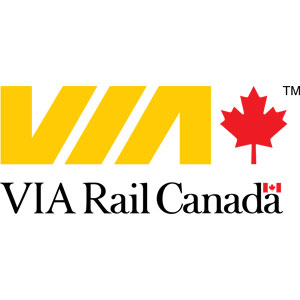
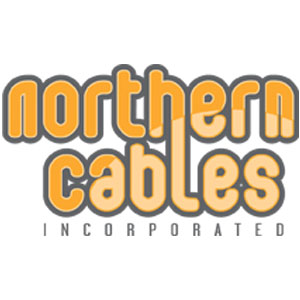


.png)

